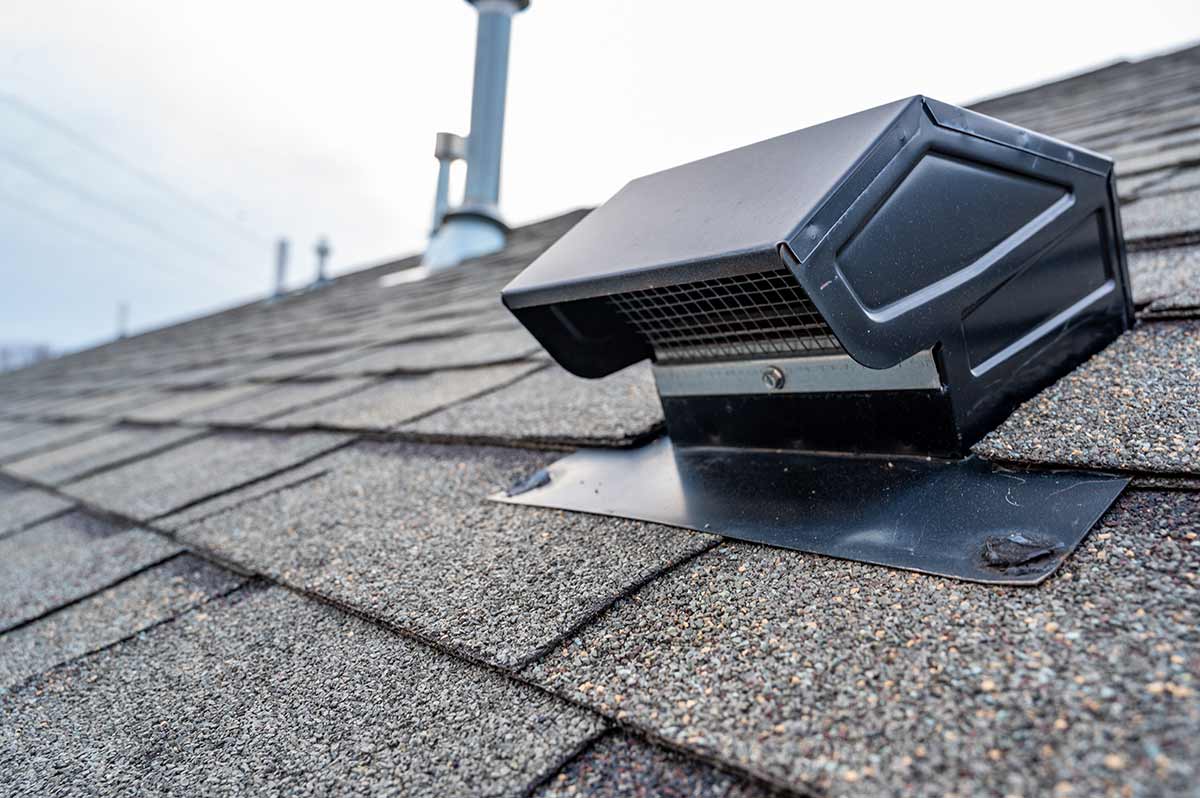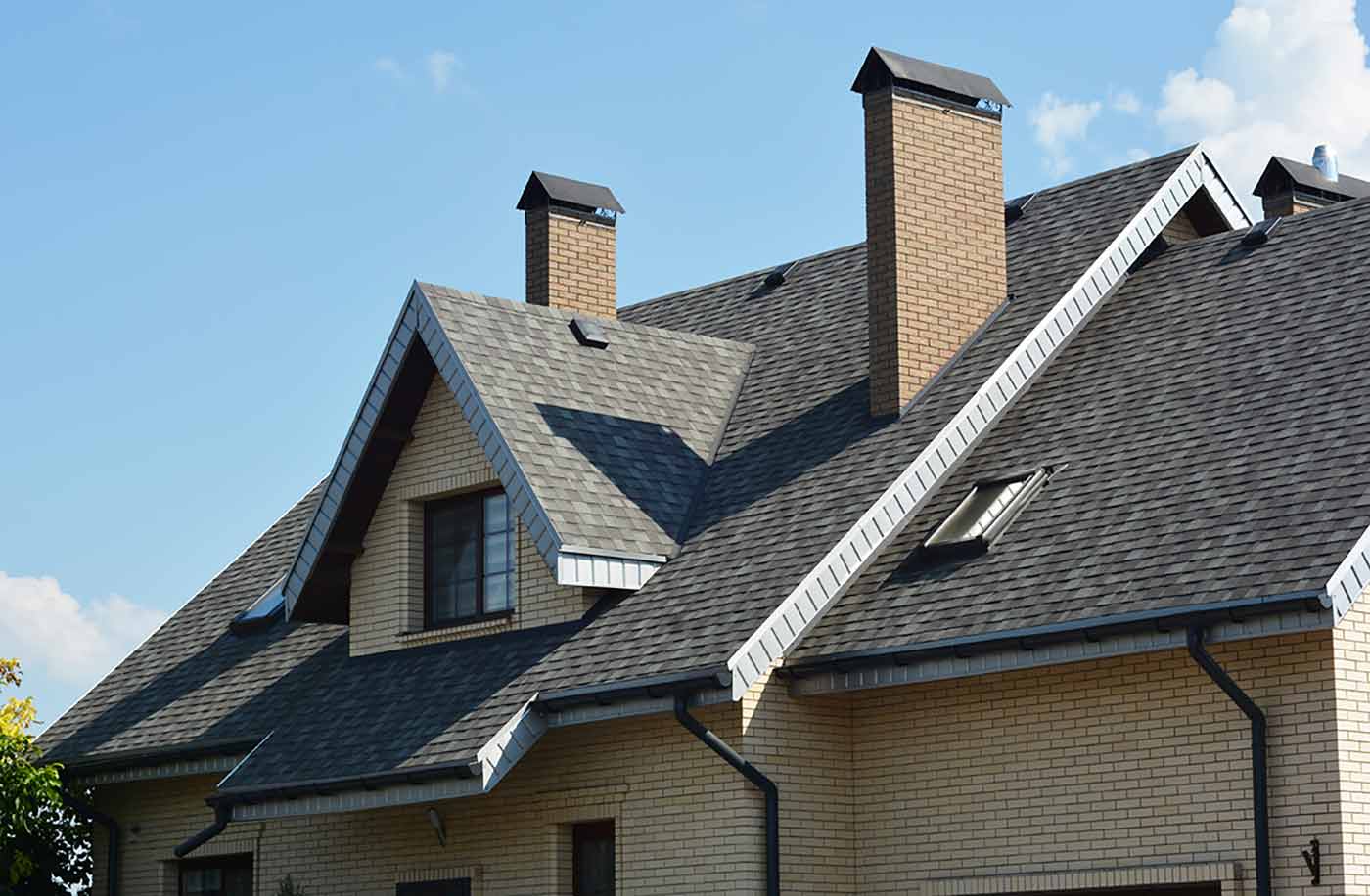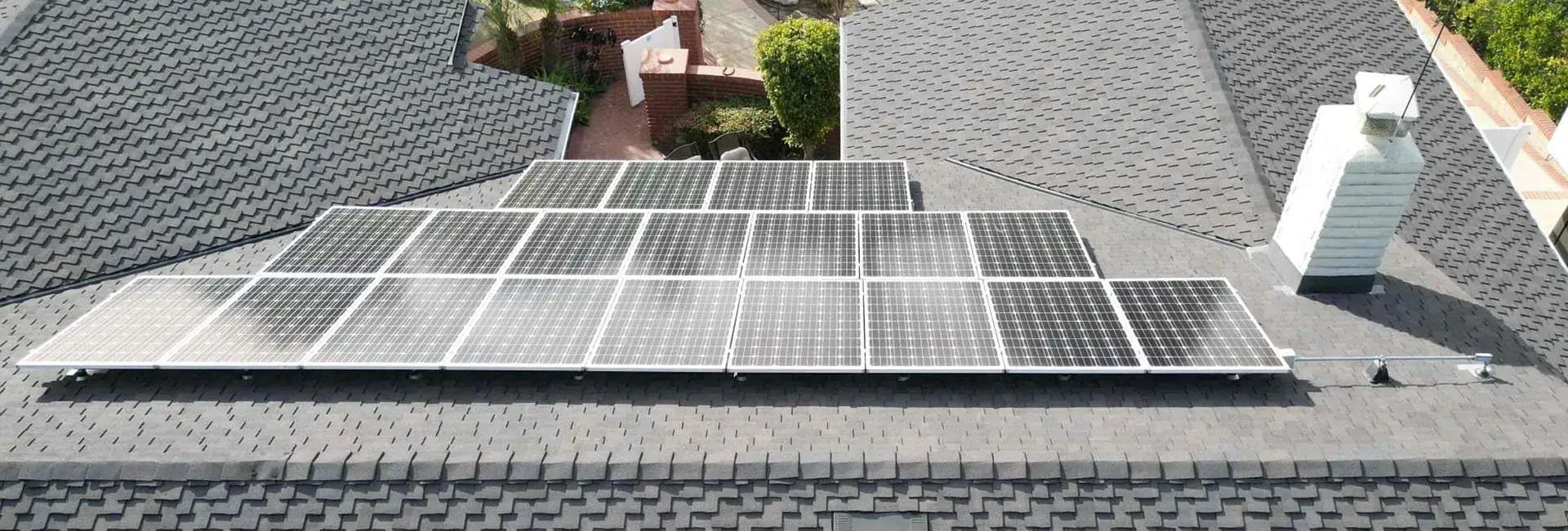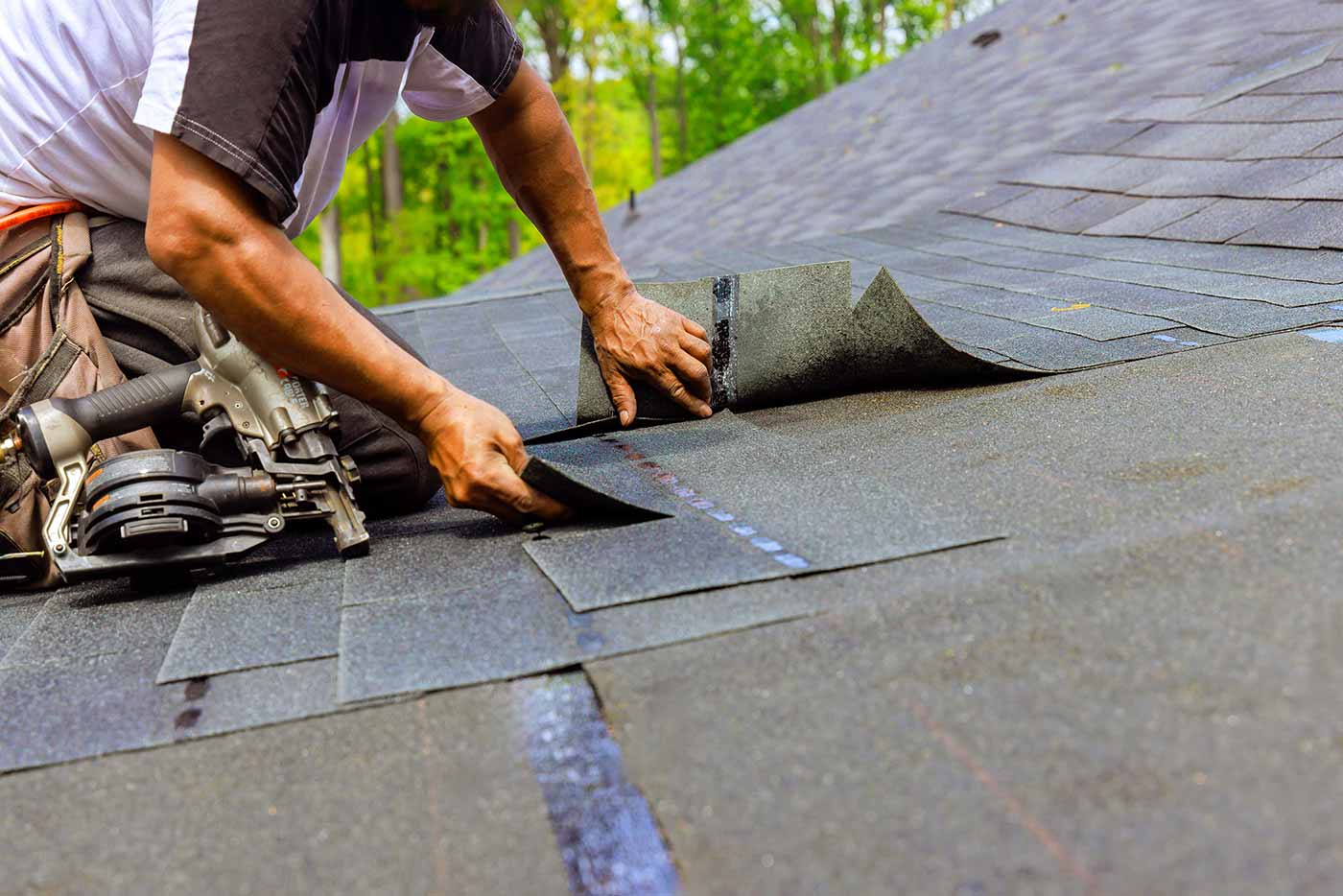Many homeowners don’t realize that proper roof venting plays a huge role in maintaining a comfortable, energy-efficient home while protecting your roof.
Let’s look into why roof ventilation matters, how vents work, and which types of roof vents might be right for your home.
What Is Roof Ventilation?
Roof ventilation is a system of intake and exhaust vents that allows air to flow through your attic space. By circulating air, a vent system helps regulate temperature and moisture, preventing issues like biological growth, warped roofing materials, and excessive energy costs.
Here’s how it works:
- Air Rises: Warm air naturally rises, accumulating in your attic.
- Air Intake and Exhaust: Roof air vents pull in fresh, cooler air from outside while pushing out hot air from the attic.
- Proper attic ventilation systems strike a balance between intake and exhaust, ensuring your roof stays dry, cool, and efficient.
Why Is Roof Ventilation Important?
1. Extends Roof Lifespan
Excessive heat and moisture in your attic can damage the roofing materials, leading to premature aging. Proper ventilation prevents issues like:
- Warped shingles.
- A deteriorating roof deck.
- Ice dams (not common in Southern California, but still possible).
2. Improves Energy Efficiency
Without adequate ventilation, your attic can become a furnace, causing your air conditioner to work overtime. Efficient roof venting keeps your home cooler by releasing trapped warm air and reducing energy costs.
3. Controls Moisture
Moisture can sneak into your attic from daily activities like showering or cooking. Over time, this can lead to biological growth, mildew, and even structural damage. Roof vents help control moisture levels and protect your home.
Types of Roof Vents
There are many types of roof vents, each designed to meet specific needs. Let’s break down the common types of roof vents:
1. Intake Vents
These vents bring fresh air into your attic. Common intake options include:
- Louver vents: Installed under eaves or soffits to allow fresh air in.
- Air intake vents: Work with exhaust vents to maintain airflow.
2. Exhaust Vents
These vents expel hot air from the attic, completing the ventilation cycle. Options include:
- Roof turbine vents: Sometimes called “whirlybirds,” these spin with the wind to pull out warm air.
- Turbine vents: Passive but effective when the wind is strong.
- Powered vents: Require electricity to actively remove warm air.
- Solar-powered vents: Eco-friendly and efficient, these are great for sunny climates like Southern California.
3. Combination Vents
Some types of roof vents combine intake and exhaust functions, providing a balanced airflow in a single system.
Choosing the Right Roof Vent System
- Surface Area: Larger roofs need more roofing vents to ensure proper airflow.
- Roof Design: Different common roof venting options work better with specific roof shapes.
- Energy Efficiency: If you’re looking for an eco-friendly option, solar-powered vents are a smart choice.
- Fire Resistance: In high fire hazard severity zones, Class A fire-rated attic vents with ember-resistant mesh barriers help prevent ember intrusion while still allowing for air flow.
- Budget: While powered vents may be more effective, they’re also more expensive than passive options like louver vents or roof turbines.

How to Tell If Your Roof Ventilation Needs Help
Not sure if your roof venting system is working correctly? Look for these signs:
- Excessive Heat: If your attic feels like a sauna, your roof air vents might not be doing their job.
- Moisture Problems: Biological growth, mildew, or condensation in the attic are red flags.
- High Energy Bills: Poor ventilation forces your HVAC system to work harder.
- Roofing Damage: Warped shingles or a sagging roof deck may indicate ventilation issues.
A professional contractor can inspect your roof and recommend improvements to your vent system.
Benefits of a Proper Vent System
A well-designed attic ventilation system offers more than just a longer-lasting roof. It also provides:
- Comfort: A cooler attic means a more comfortable home during summer.
- Cost Savings: Efficient ventilation reduces cooling costs.
- Protection: Keeps your roofing materials in good shape by minimizing heat and moisture damage.
The Bottom Line
Proper roof ventilation is essential for keeping your home comfortable, energy-efficient, and safe. With the right combination of roof vents, whether it’s turbine vents, powered vents, fire-resistant vents, or solar-powered options, you can extend the lifespan of your roof and avoid costly repairs.
If you’re unsure which type of vent is best for your roof, a professional contractor like LocalRoofs can help design a vent system tailored to your needs. Contact us today to learn more about improving your home’s ventilation and ensuring long-lasting protection!


